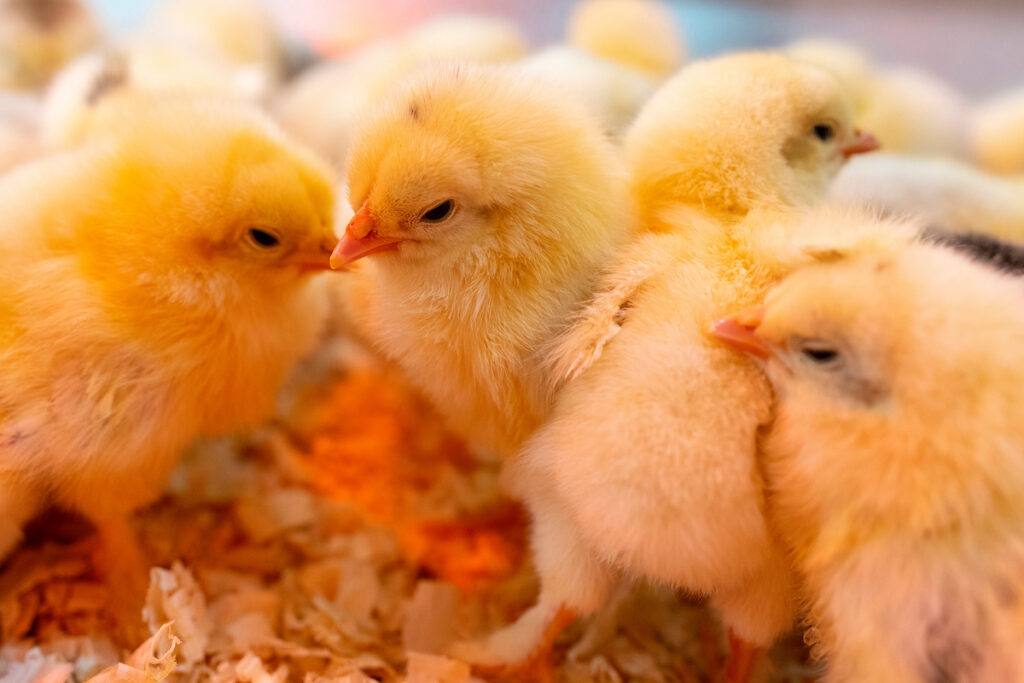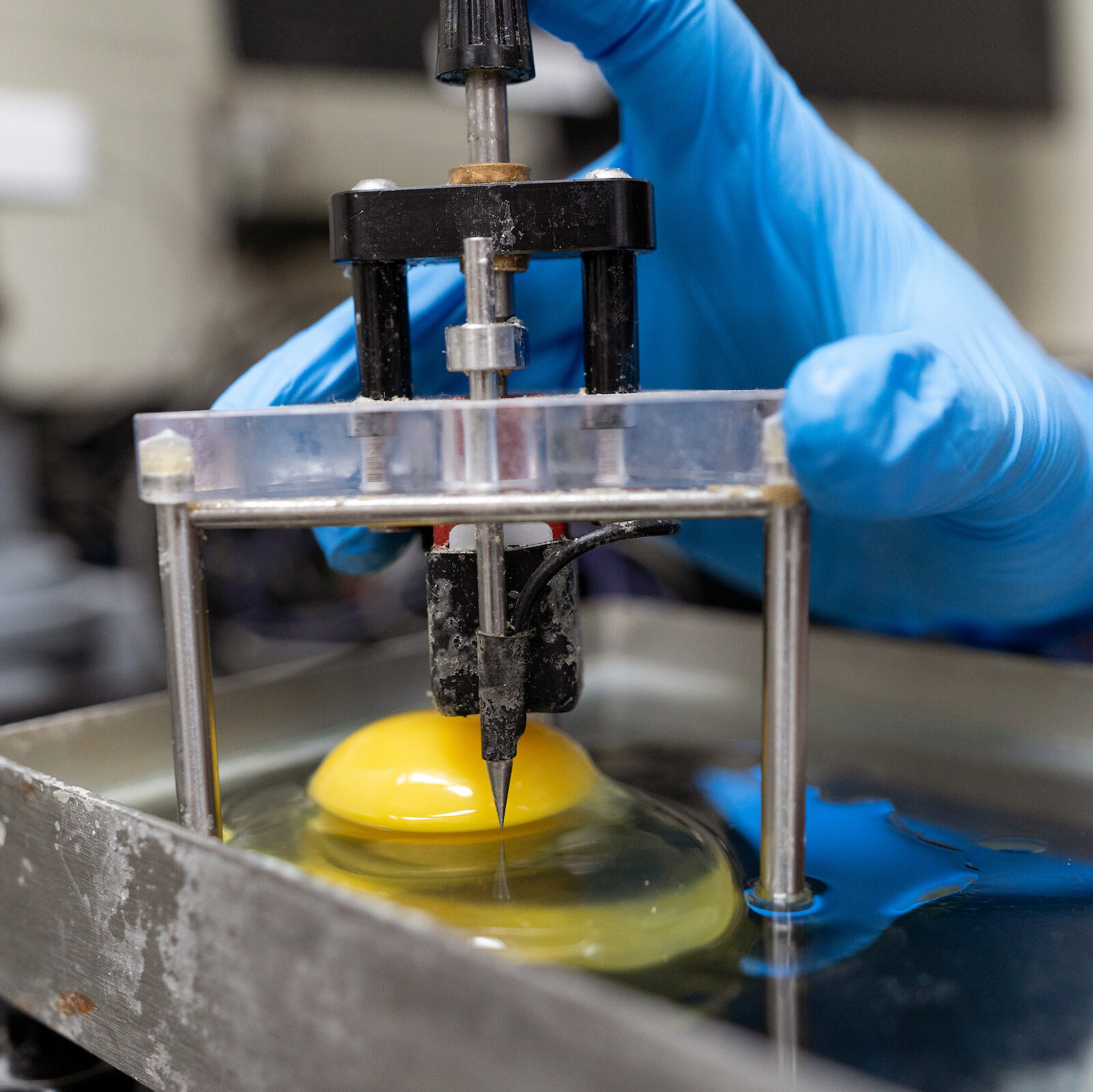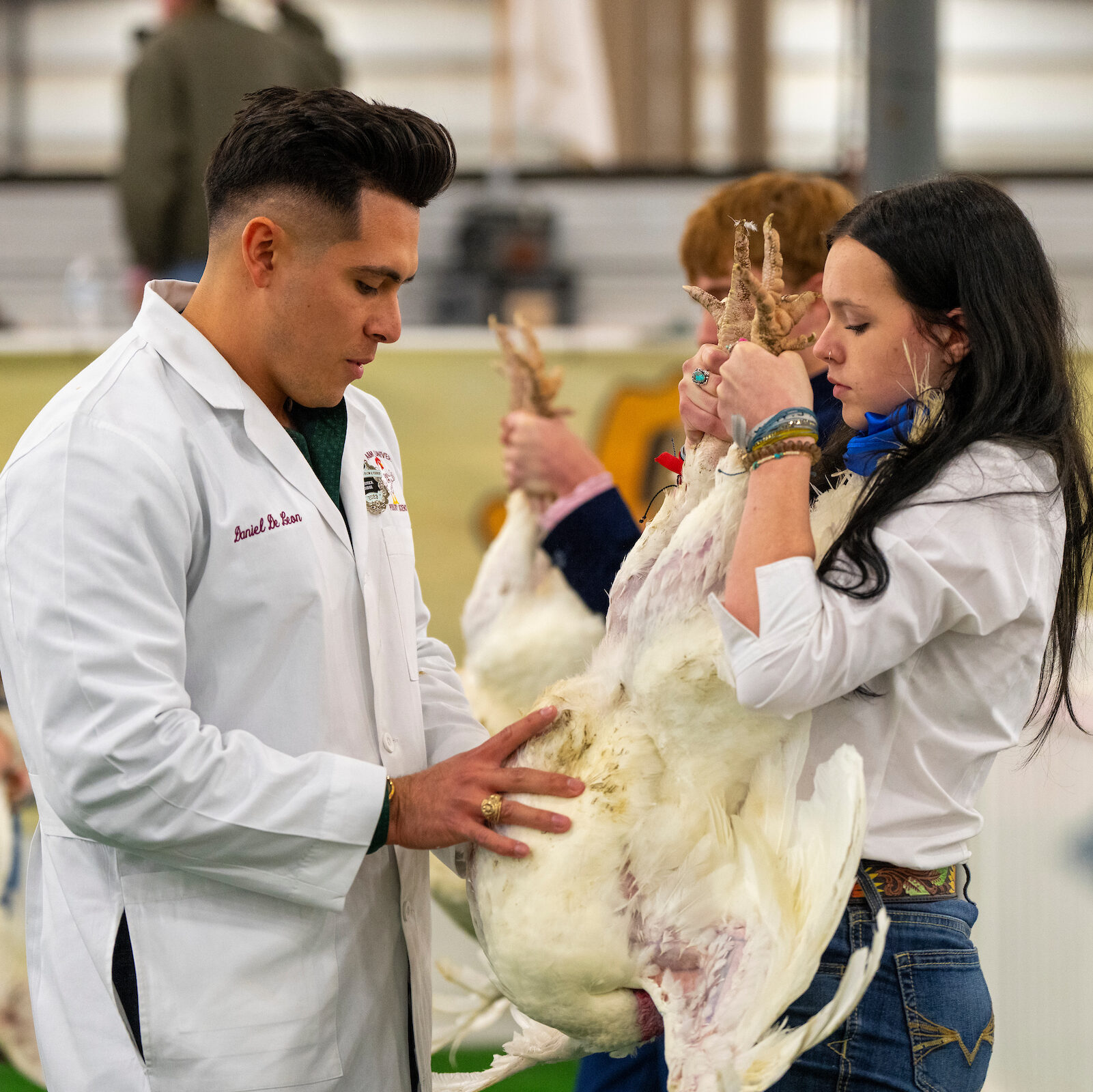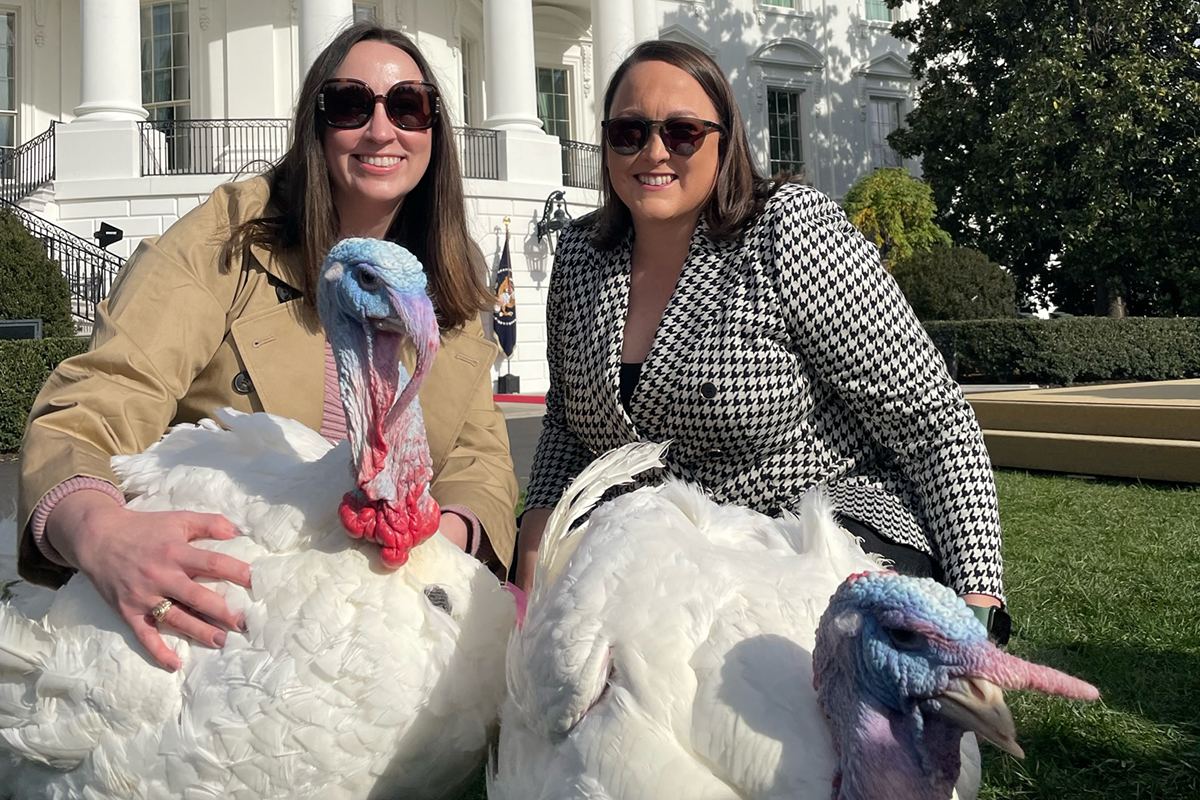Texas Breeder and Hatchery Forum
This one-day seminar on Nov. 19 focuses on flock management, hatchery efficiency, biosecurity, and emerging technologies. It brings together professionals from across breeder and hatchery operations, allied industries, and Extension leaders to exchange knowledge, explore new practices, and build valuable connections.

Department of
Poultry Science

4 Degree Programs
We have four degree programs offering a range of comprehensive and cutting-edge degree programs. The undergraduate program equips students with a solid foundation in poultry science, covering topics such as nutrition, genetics, health management, and production systems.

10 Extension Programs
Our comprehensive and industry-focused programs are designed to bridge the gap between academia and practical poultry management. With cutting-edge curriculum and expert-led training, we empower poultry professionals with the latest industry insights and advanced practices.

200+ Enrolled Students
Our over 200 enrolled students are training to be the next generation of poultry science professionals by working with Faculty engaged in cutting-edge research and poultry extension working educate producers and the general public about the latest poultry production techniques.
Study Poultry Science at the College of Agriculture and Life Sciences
Over 200 enrolled students are training at the College of Agriculture and Life Sciences to be the next generation of poultry science professionals by working with Faculty engaged in cutting-edge research and poultry extension working educate producers and the general public about the latest poultry production techniques.

Broiler, Turkey, and Fertile Egg Orders
One of the biggest youth outreach programs that we participate in is providing broiler chicks and turkey poults for youth livestock shows across Texas including both county and major shows. In total, we supply nearly 200,000 chicks for about 178 counties.
We also sell fertilized chicken eggs to customers such as agricultural extension agents, universities, teachers performing egg-to-chick experiments in their classrooms, and others as well. Last year, over 35,500 fertile eggs were sold to these customers.
Poultry Science News

Texas Aggies lead the nation’s turkey industry into the future
Leslee Oden ’07 and Lindy Froebel ’13 steer national conversation on turkey production, policy and food safety

Regents approve Meat Science and Technology Center construction
Advanced complex at Texas A&M-RELLIS to bolster meat research, teaching, extension
Have Questions?
For degrees or admissions questions:
For general questions: